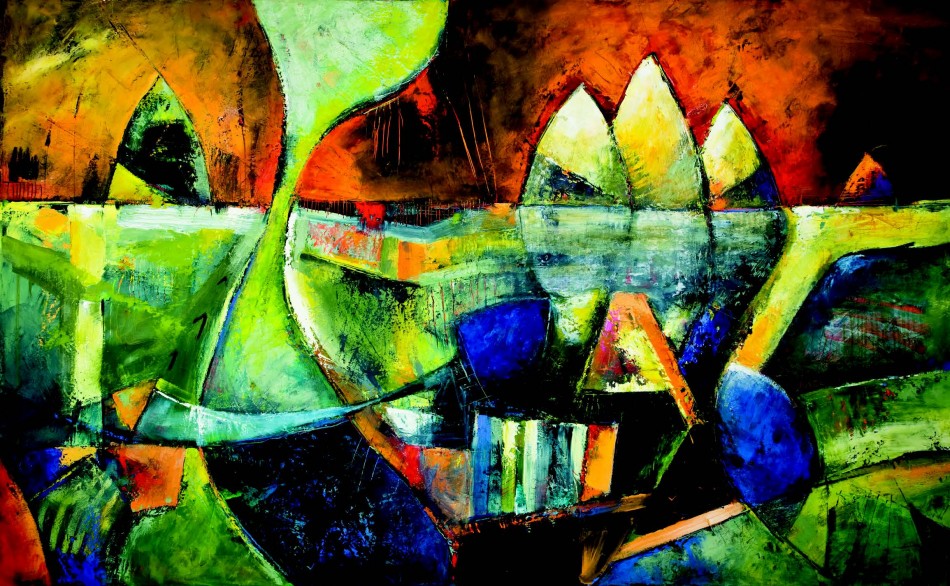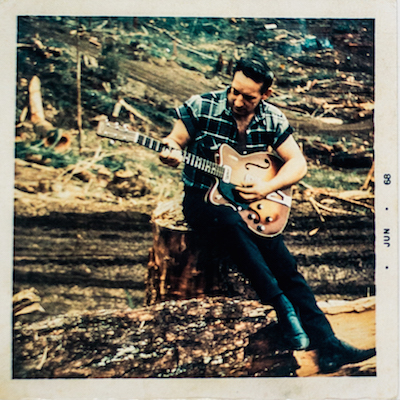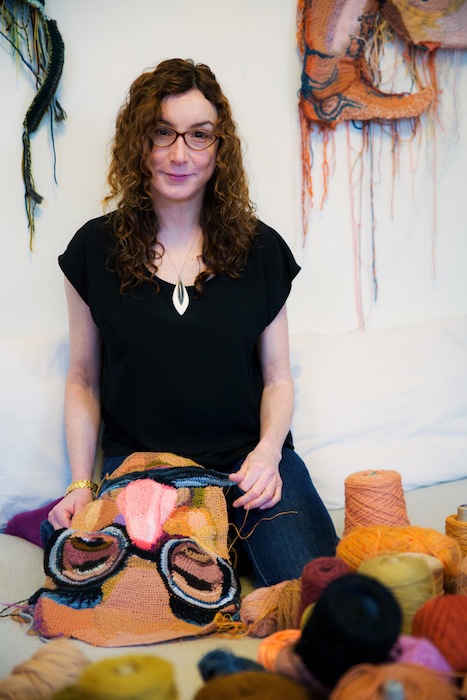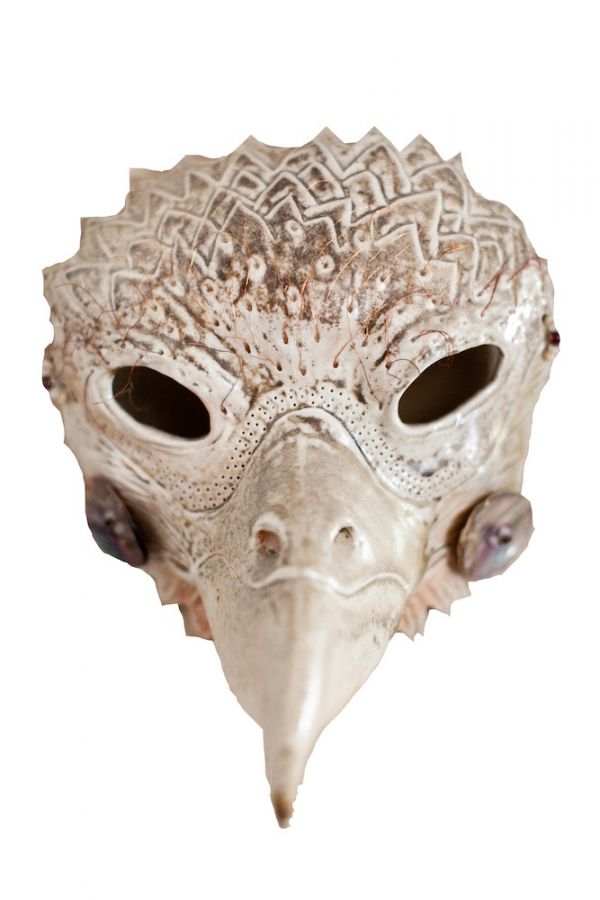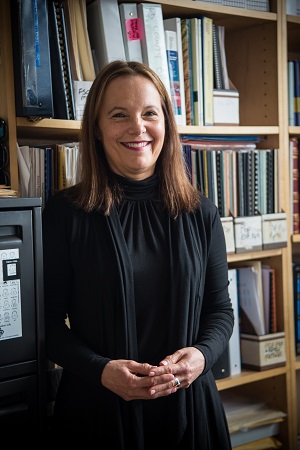written by Kevin Max
Tracy MacEwan explores color, texture and complexity in paintings that plot a new direction for the Abstract movement
Plying his trade in a graduate art history class at University of Oregon on an otherwise unblurted day, Tracy MacEwan blurted, “Where in the hell has this painter’s work been?” As much as this acknowledgement of American Abstract artist Richard Diebenkorn’s painting may have startled his classmates, it was the sound of a new universe in this medium erupting for Tracy MacEwan. It wasn’t until MacEwan was a graduate student that he realized his mind processed things differently—he had dyslexia. “Going through school reading, I’d have a hard time settling on the meaning. So my reading comprehension was always challenged,” he says. “Working visually just seemed to make sense to me. I found that when I read about places, I could use my mind to create a visual palate to work from, my own space.”
Macewan began studying landscape architecture and finished with an MFA in photography instead. At some point early in grad school, he and his doubtful self, by chance, encountered one of his professors at the 2,092-foot summit of Spencer Butte in Eugene. “I realized that we were sitting within a few feet of one other,” MacEwan recalls. “Then we started talking about whether fine art photography was for me and if it would offer me full expression.”
“Working visually just seemed to make sense to me. I found that when I read about places, I could use my mind to create a visual palate to work from,
my own space.”
— Tracy MacEwan
Even photography had its artistic shortcomings, so MacEwan began making marks on his landscape photos. Soon the marks became more prominent in his mind than the photographs themselves and MacEwan began painting. Sensing that MacEwan was at an artistic crossroads, the patrons behind a Saratoga Springs art residency gave their new resident the use of both a painting studio and a blackroom. His painting flourished.
MacEwan, now 56, is from coastal Lincoln City, but his art might as well come from Prague or Paris. Absent are the blue skies, wafting gulls and romantic boats of a typical coastal painter. MacEwan’s most recent work is a palate of dark rich colors that don’t typically find their way into cottages, at least the common oceanside cottage hung with beach, bird and wave paintings. In fact, his recent paintings evoke less the boxy Abstractionist of MacEwan’s epiphany, Deibenkorn (1922-1993), than they do a moodier “Landscape with Red Roof” by Frenchman Pierre Bonnard (1867-1947).
Take MacEwan’s recent painting, “Bridge of Sighs” (shown on the top of the opposite page). A prominent hourglass-shape connects an orange-hued sky and a complex blue and yellow reflection below a horizon. “It explores the next generation of colors for me,” he says. “These colors are much more complex. The mood is thoughtful. There is an ominous background, but it’s not dominating.”
Color and texture are new areas of discovery for MacEwan. “I feel like I’m an advanced apprentice now after fifteen years,” he says. The advanced apprentice often mixes cold wax with paint, a mixture that behaves like “wet snow.” That wet snow becomes one of many layers that will later trigger an avalanche of complexity. “I’m interested in layers,” MacEwan offers, “just to see what happens with colors one layer on top of another.”
First a landscape architect, then a photographer, MacEwan’s perspective is influenced by these disciplines. Common to both are horizons, which MacEwan calls his “safety nets” or “starting points.” Many of his recent paintings share this distant horizon, far back in the top third of the painting. Perhaps broad horizons, like the westward setting sun over the Pacific, could also be a rare coastal influence in MacEwan’s work.
Ultimately, he describes his abstract style of art as a drama in which the viewer doesn’t know the whole story. “It’s the experience of the viewer that is critical, and because of that, I encourage you to use your own imagination.”


